Eleutherococcus is an amazing resident of the Far East. This plant is the nearest ginseng relative and as well as he has therapeutic properties. Its spread and thick bushes can decorate the garden if you put them as a living fence. You can also land them with a group for decorating open garden sites.
Eleutherococcus, description
Eleutherokokok - numerous genera of the Aralia family. He has 30 species of barbed shrubs. Highway Area - East Asia and Far East. Other names - damn bush, Aralia Manychu, wild pepper. The highest value and prevalence is famous for Eleutherococcus two types - spiny and sedentary.
Botanical description of Eleutherococcus:
- A bush can grow up to 2.5 m in height. The above-ground part consists of numerous trunks covered by barbed yellow-gray crust.
- Rhizome rigid, branched, has apparent roots. Its shape is cylindrical, in the context of the root diameter of 2-3 cm. Externally roots are drowing yellow, and if it is cut, a white core with a specific aroma will appear.
- Most of the root system germinates in the upper soil layer. From the central escape there are many roots. Spreading in the soil horizontally, the central root will quickly acquire the fruitful overhead bushes with sharp spikes. On adult weighing branches of spikes are much smaller, but if you grab the bush, you can get a lot of zoom.
- Eleutherococcus foliage light green, glossy, with a "fly" along the vein. Single spikes are found on long stiffs.
- Flowering falls in July, and in September berries appear. Flowers small, pale violet color, collected in umbrella inflorescences. During flowering, the fragrance attracting bees is depleted. Fruit Eleutherococcus - black berry rounded-oblong shape with a pleasant aroma.
Medicinal properties Eleutherococcus
Eleutherococcus - a plant that is used in folk and official medicine for the treatment of a number of diseases. Therapeutic properties owns rhizome plants.
Useful properties of Eleutherokokka:
- The body tones, improves performance, enhances its adaptogenic properties.
- Activates resistance to infections and unfavorable media.
- Restores the body after a heart attack, fever, hypertonic crisis, pancreatitis.
- Improves visual and auditory functions.
- Helps women to restore the menstrual cycle, cure infertility.
Eleutherococcus, growing from seeds
When it is not possible to purchase a seedling, you can grow Eleutherokok from seeds. The process will be long, but you will not have difficulties.
Before sowing seed material is trained. It is long stratified in two stages long before the spring sowing. The stratification is under:
- In early September, a container or a bag filled with moistled sand is prepared.
- Next, in the sand plunge the seeds and withstand them at a temperature of + 18 ... + 20 ° C for 5 months.
- During this period, the moisture content of the soil is maintained, and provide the influx of fresh air.
- After that, the seeds are moved to colder conditions - in the refrigerator. There, at a temperature of + 4 ° C, seeds are 90 days before the beginning of May.
Seed seed process is simple:
- Eleutherococcus Seeds are sown immediately into open ground.
- For the plant I choose a plot with a light fellow.
- The soil is needed nutritious, the place of landing is absorbed, weeds are removed.
- On the flower bag, they make grooves depth 1 cm, and plunge the seeds in them.
- The soil is watered and then constantly support the level of humidity.
- Eleuteococcal shoots of the grass appear reluctantly. Most of them can only take the next year.
- Saplings leave to grow on a garden of 3 years, and then, if desired, transplanted.
- The flowering of Eleutherococcus grown from seed comes only for 4 years.
Eleutherococcus, landing and care
Growing young seedlings Eleutherococcus, it must be remembered that this bush in the natural environment refers to the plants of the lower yarus of the forest. Therefore, it needs to be planted at a suitable place and take care of it accordingly.
Eleutherokokk, planting seedlings
Replanting seedlings for permanent location, select a secluded area with scattered light. The best option is to the foot of roasting tree plantations. Also pay attention to the soil: it should not be acidic. Suglinks are perfectly suitable with high humidity.
Eleutherococcus landing process at a permanent place:
- Prepare a landing hole: add 4 buckets of the compost to it. Additionally, enter the sand and peat on the bucket, as well as ½ cup of nitroposki.
- If there is a landing of several bushes, withstand the distance between them 2 m.
- Immerse the seedlings of Eleutherococcus in the pit, cover a slightly centimeter deeper than before.
- Understand the bush and inspire foliage.
Eleuterococcal care on the site
Modest care for the Eleutherococcus bush will allow it to grow and be froning half a century. You will not have a lot of trouble:
- It is necessary to abundantly water the bush during the drought period.
- Once season, in the fall, introduce 2 buckets of compost under the bush.
- As you need to make a weeding and loosening in a rigorous circle or to inspire it with peat.
- It should also be cut into dried shoots to prevent the development of rot and fungal infection.
- In shelter for the winter, Eleutherokokok does not need. The exception is young seedlings - the first few years need to be stolen.
- If Eleutherococcus is grown in the form of hedge, it is advisable to spend the spring pruning.
Important! Rare watering (less than 1 time in 14 days), direct sunlight, weeds can destroy young seedlings.
Reproduction of Eleutherococcus
In addition to sowing seeds, the reproduction of Eleutherococcus use a vegetative method.
The most productive method is the separation of root offspring, which will have a maternal bush. They are with ease crowd and transplant. Make it in the spring until the kidneys are in sleeping condition, or in the fall. Saplings are easily rooted and quickly go into growth.
For reproduction of Eleutherococcus, you can use horizontal grooves:
- Early spring near the plant make grooves, their depth should be 12-15 cm.
- The twigs are flex, laid in the grooves and fix with metal studs.
- Then the branches are sprinkled with loose soil and regularly watered.
- In the fall, when the granks will be allowed, they are separated from the mother's bush and put the landing.
Eleutherococcus will decorate your site, will provide you with useful roots for health promotion, and during flowering fill the air with a pleasant aroma. He will not require much attention from you, will not be afraid of harsh frosts, and there will be many years to grow and please your gaze.

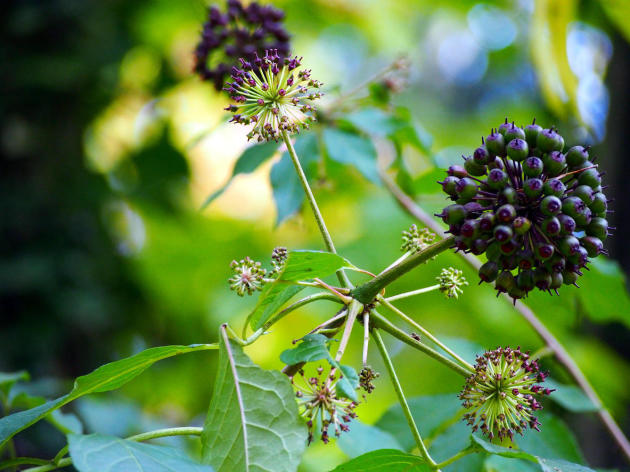
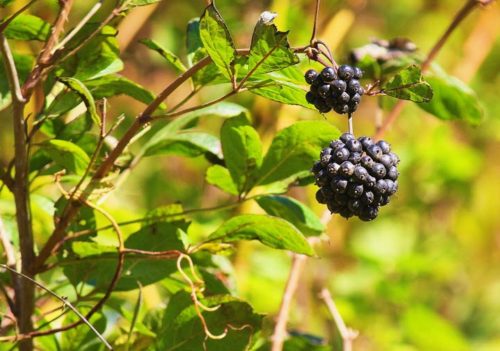
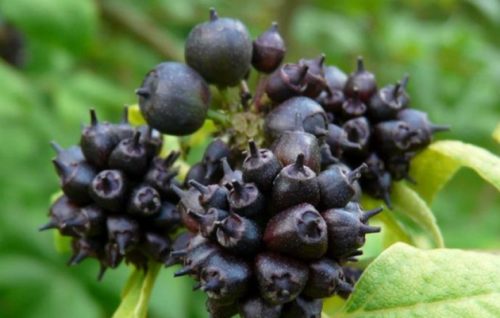
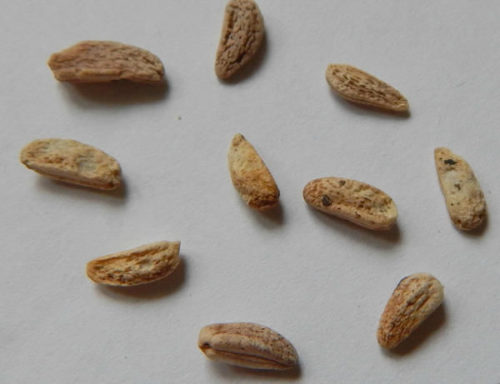
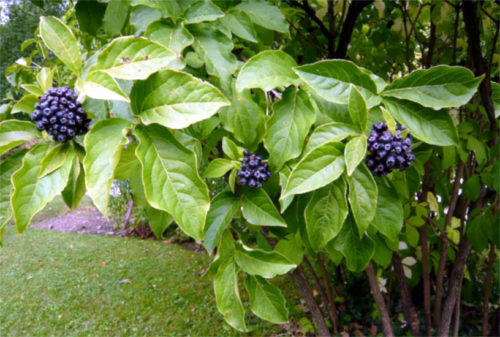
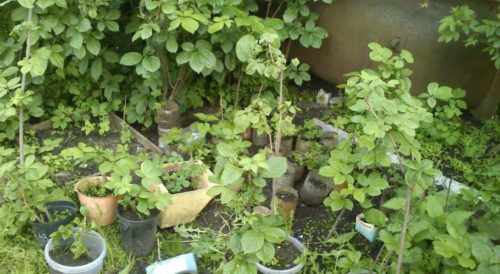
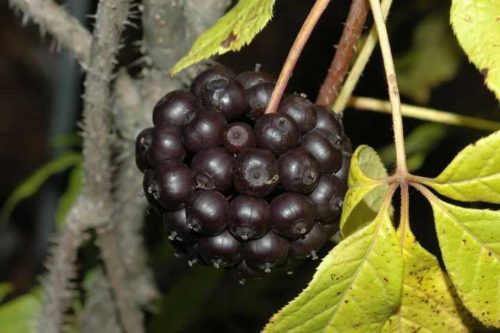
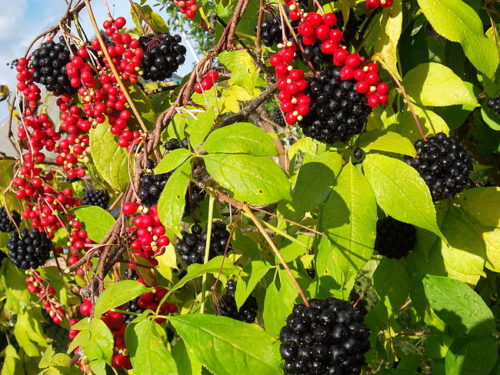
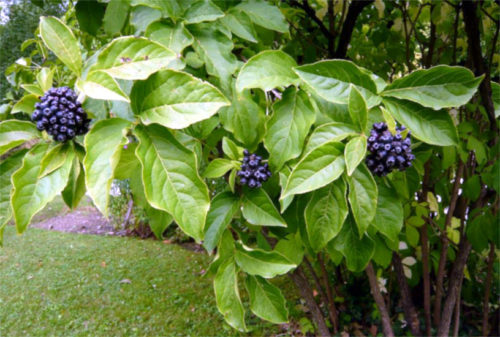
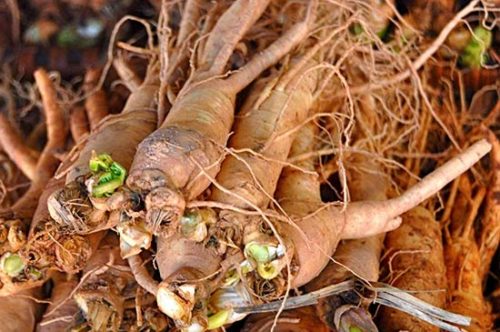
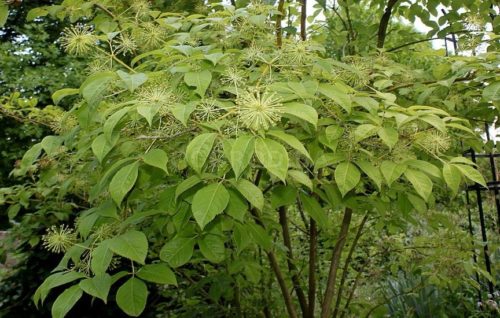












 Start a discussion ...
Start a discussion ...